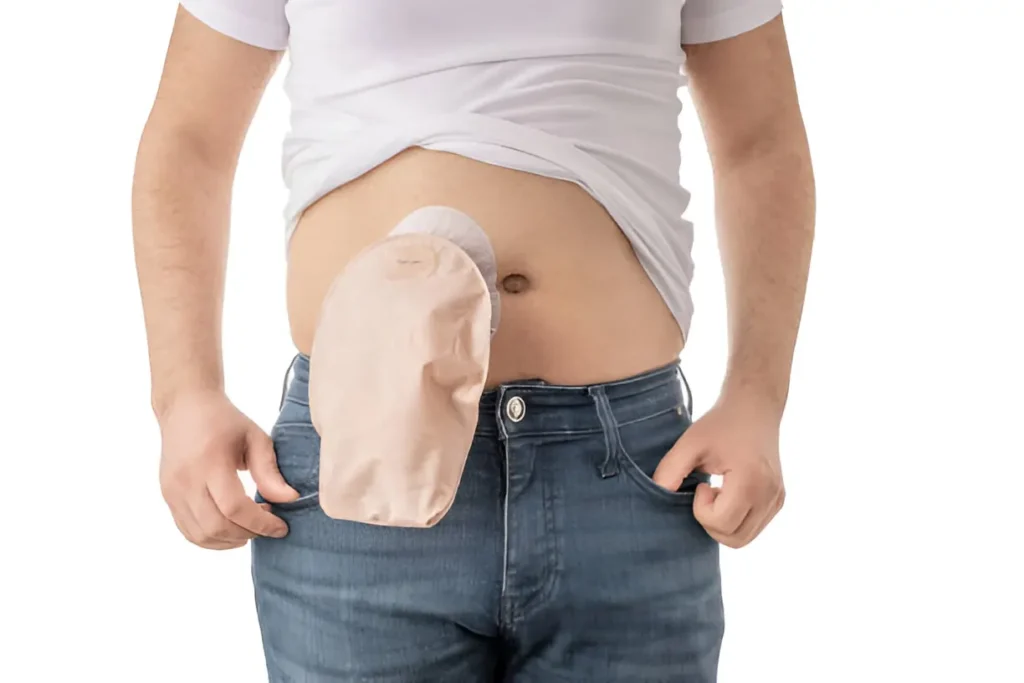In the medical world, there are devices that quietly transform people’s lives in profound ways. One of these is the ostomy bag, a system designed to help those who have undergone certain surgical procedures live active, comfortable lives. Among the most recognized brands in this field is coloplast canada, offering a wide range of solutions for different types of ostomies and needs.
But what exactly is an ostomy bag? How does it work? And what should patients or caregivers know about them? In this article, we’ll break down the essentials, covering not only the technical aspects but also the human side of living with an ostomy.
1. Understanding What an Ostomy Is
Before discussing the bag itself, it’s important to understand what “ostomy” means. The term refers to a surgical opening created in the body to allow waste (stool or urine) to exit when the digestive or urinary system can’t function normally.
This opening, called a stoma, is created in the abdominal wall and can be temporary or permanent, depending on the medical situation. There are three main types of ostomies:
- Colostomy: Connects the colon (large intestine) to the abdominal opening for stool elimination.
- Ileostomy: Connects the ileum (last part of the small intestine) to the stoma.
- Urostomy: Redirects urine from the kidneys to the stoma, usually due to bladder problems.
Each procedure addresses different medical needs, from inflammatory bowel disease and colon or bladder cancer to severe injuries or congenital conditions.
2. Parts and Function of an Ostomy Bag
An ostomy bag is far more than “a pouch that collects waste.” Its design is the result of decades of medical and technological innovation. It’s intended to be safe, discreet, and comfortable—minimizing the risk of leaks and controlling odor.
Main Components
While designs vary, most ostomy bags share these elements:
- Opening or coupling ring: Fits around the stoma and secures the bag in place.
- Collection pouch: The flexible container where waste is stored.
- Gas filter: Present in many models, it helps control odors and allows gas to escape without inflating the bag.
- Bottom closure or emptying system: May be a clip, fold-over system, or sealed mechanism depending on the type.
System Types
- One-piece systems: The adhesive barrier and bag are permanently attached. Easier to use but require changing the entire system more often.
- Two-piece systems: The adhesive barrier stays on the skin, and the bag can be snapped or locked into place. Allows for more convenient bag changes.
How It Works
The bag is adhered around the stoma, sealing the skin to prevent leaks. Waste exits the body continuously and collects in the pouch, which is then emptied or replaced depending on the type and volume.
3. The Adjustment Process: More Than a Physical Change
Getting an ostomy is not only a medical procedure but a significant change in daily life. Adjusting means learning to manage the device while adapting to a new routine.
Skin Care
Protecting the skin around the stoma is crucial. Frequent exposure to waste can cause irritation, so adhesive barriers and protective rings are essential.
Emptying Routine
How often you empty the bag depends on the type of ostomy, diet, and the specific bag model. For example, an ileostomy often requires emptying several times a day.
Everyday Life
With the right system, many people can return to activities such as work, travel, sports, and even swimming. The key is finding a setup that fits their needs and lifestyle.
4. Types of Ostomy Bags and Their Uses
Choosing an ostomy bag depends on factors such as the type of stoma, output volume, skin sensitivity, and personal preference. Common options include:
- Closed bags: Discarded when full; useful for short outings or when emptying isn’t convenient.
- Drainable bags: Feature a bottom emptying system; ideal for those with high output.
- Transparent or opaque bags: Transparent bags allow medical inspection; opaque bags offer more discretion.
- Pediatric bags: Specially designed for children with smaller sizes and gentler adhesives.
Selection is usually made in consultation with a healthcare professional.
5. Myths and Realities About Ostomy Bags
There are many misconceptions about ostomies that can cause fear or insecurity. Let’s clear up some of the most common ones.
“I won’t be able to live a normal life.”
False. With proper training and equipment, many ostomy patients lead active lives, participate in sports, and enjoy social activities.
“Everyone will notice I’m wearing one.”
Modern bags are slim, discreet, and designed to fit under clothing without being visible.
“I’ll have to change my entire diet.”
Not necessarily. While some foods may affect gas or output volume, many people return to a varied diet after the adjustment period.
6. Technological Advances in Ostomy Bags
Innovation has made today’s ostomy bags more comfortable, secure, and easy to use than ever. Some notable improvements include:
- Enhanced filters: Better odor control and gas release without compromising safety.
- Ultra-thin, flexible materials: Adapt to movement and reduce skin friction.
- Improved coupling systems: Lower leak risk and easier bag changes.
- Complementary accessories: Such as support belts, swimming protectors, and advanced skin barriers.
7. The Emotional Aspect: Support and Community
Living with an ostomy also means dealing with emotions such as anxiety, embarrassment, or fear of rejection. Psychological support and patient communities play an important role.
Many countries have associations and online groups where people share experiences, tips, and encouragement. These networks help normalize ostomies and combat stigma.
8. Long-Term Care and Medical Follow-Up
Managing an ostomy doesn’t end once you learn to attach the bag. Regular check-ups with a stoma care nurse or physician are vital for:
- Assessing stoma health.
- Monitoring skin condition.
- Adjusting equipment as needs change.
- Detecting possible complications such as hernias, retractions, or prolapse.
9. The Future of Ostomy Bags
The future points toward smarter, more personalized systems. Research is exploring bags with built-in sensors to alert users when they’re full or even analyze waste for health monitoring.
Such advancements promise greater autonomy and safety, making life with an ostomy even more manageable.
Conclusion
An ostomy bag is much more than a medical device, it’s a tool that restores independence and quality of life to those who have faced serious health challenges. Understanding how it works, the care it requires, and the possibilities it offers is essential for patients and their families.
Thanks to ongoing research and development, today’s bags are more discreet, secure, and adaptable than ever. While living with an ostomy is a major change, with the right information, support, and equipment, it’s entirely possible to lead a full and active life.
Read more: The Power Couple: Amplifying Your Crypto Day Trading with the Right Prop Firm Platform



